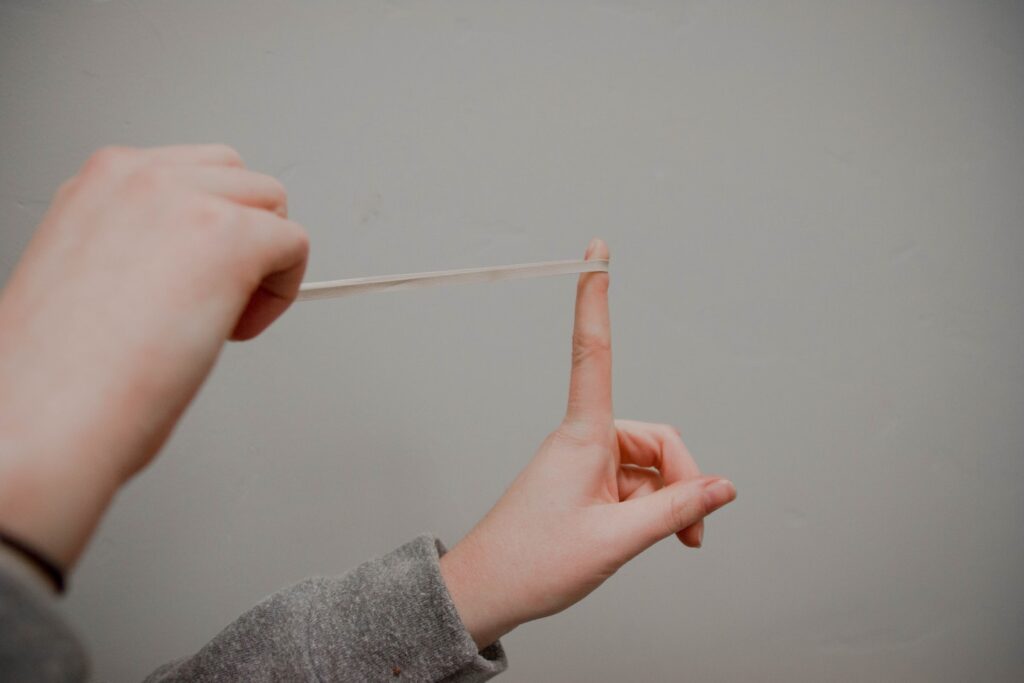It’s proven that music enhances a child’s cognitive ability to learn and process information. Teaching them how to play a musical instrument through music theory will greatly enhance the brain’s processing ability.
The seven basics of music theory are sound, rhythm, melody, harmony, texture, structure/form, and expression. Here are creative ways to teach the basics of music theory.


